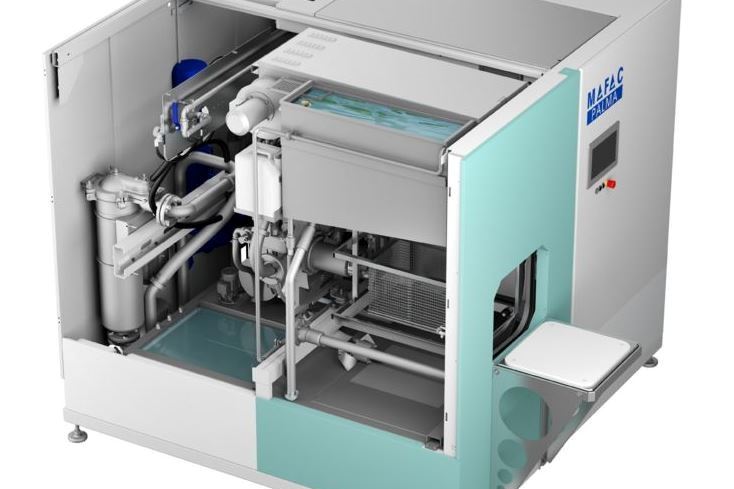Working together at the University of Colorado’s Cooperative Institute for Research in Environmental Sciences last year, chemist and instrument designer Don David and colleagues Dave Pappas and Xian Wu at the National Institute of Standards and Technology (NIST) discovered a powerful new plated metal combination that superconducts at easily attained temperatures, paving the road for the next critical steps in the development of cutting-edge supercomputers.
David and his colleagues have published the new recipe: an ultrathin layer of rhenium (Re) sandwiched between layers of gold, each measuring 1/1,000th the diameter of a human hair, that can superconduct at critical temperature higher than 6 kelvins (K).
Featured Content
“The sheer magnitude of the critical temperature was unexpected,” says David, director of the CIRES Integrated Instrument Development Facility and co-author of a paper published in Applied Physics Letters. “We had been thinking for a while about ways to impart superconducting properties to gold and copper films, and we were surprised at how robust and effective the thin layer of electroplated Re was.”
A superconductor is a material with zero electrical resistance when cooled to a critical temperature. This temperature is usually strikingly low and expensive to obtain. The team says its electroplated rhenium meets ideal characteristics desired for use in circuit boards for ultrafast, next-generation computing applications: superconducts at higher, easier-to-achieve critical temperatures; easy to work with mechanically; non-toxic; and melts at high temperatures. The new finding is already drawing attention from international computing giants.
Electroplating is something David does almost daily, and his work is in high demand in the research community. He and his team plate instruments like charged-particle optics and components for cryogenics applications, and in this case, circuit boards for a team at NIST. They were looking for a metal plating that might be superconducting for the Pappas’s Quantum Processing Group. The team had unsuccessfully tried a number combinations when David’s NIST colleague Xian Wu suggested they try rhenium, a hard trace metal with a high melting point often used in the construction of jet engine turbines.
The team tested for electrical resistance and were happy to see that it superconduct to 6 K, well above the boiling temperature of liquid helium (4.2 K). The team is now investigating the role of hydrogen incorporation, interfaces and strain on the enhanced superconducting temperature.
Whatever the reason for the enhancement, however, being able to electroplate a superconductor is a giant step forward in the creation of tomorrow’s high-performance, superconducting computers. Inside every computer is a circuit board, a layered, electronic plank etched with thousands of conductive pathways. Pulses of electrical information called bits speed across the board, carrying out the computer’s functions. In regular computers, these electrical pulses are hindered by the material that comprises the board: Electrical resistance slows down the electrons scurrying about the circuitry, and the wasted energy becomes heat. With a superconductor, however, there is literally zero electrical resistance, so there is no heating. This efficiency could result in exceedingly fast and powerful computer systems.
Superconductors aren’t new, but this new paper presents evidence that electroplated rhenium may be the best material found to date for superconductive computer circuit board construction. Many other superconductive materials, like mercury or lead, are difficult to work with mechanically, have poor soldering properties or melt at too-low temperatures. Even more impressive, the electroplating process could be easily scaled to mass production, David says.
The team has applied for a provisional patent, and its work has already sparked interest from several technology giants and government sponsors.
Information supplied by the University of Colorado. Visit colorado.edu.
RELATED CONTENT
-
A Chromium Plating Overview
An overview of decorative and hard chromium electroplating processes.
-
An Overview of Electroless Nickel Plating
By definition, electroless plating is metal deposition by a controlled chemical reaction.
-
Choosing and Troubleshooting Copper Electroplating Processes
Learn more on this inexpensive and highly efficient process.



















